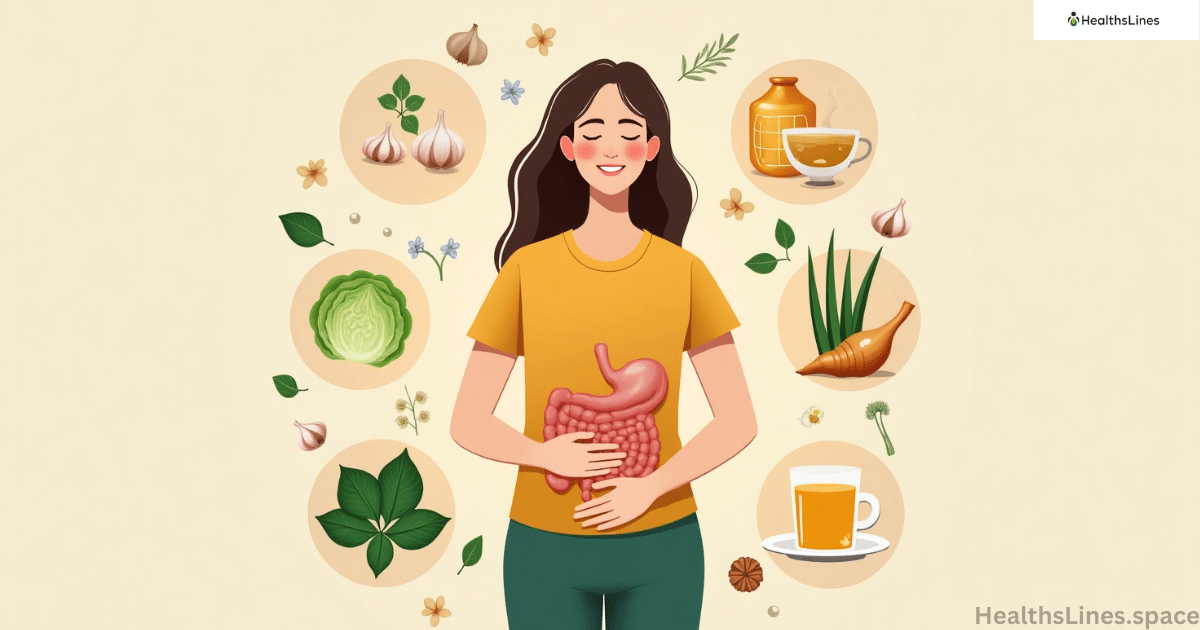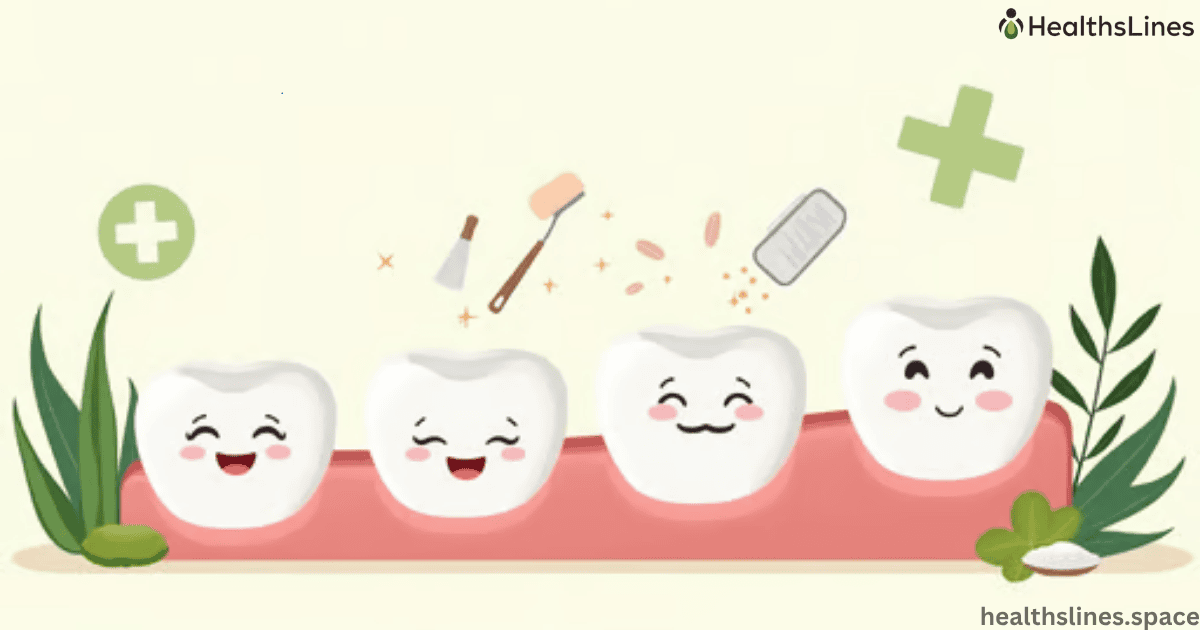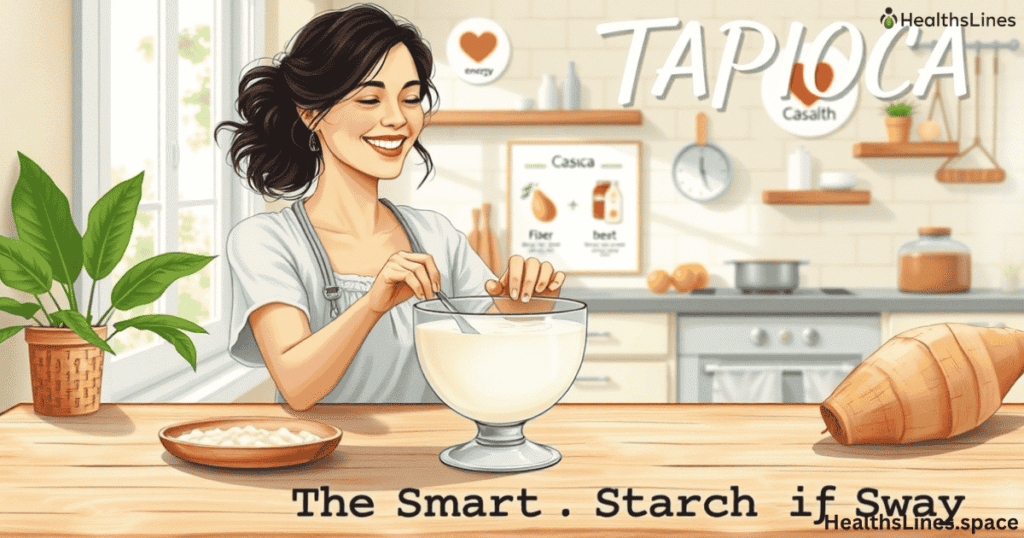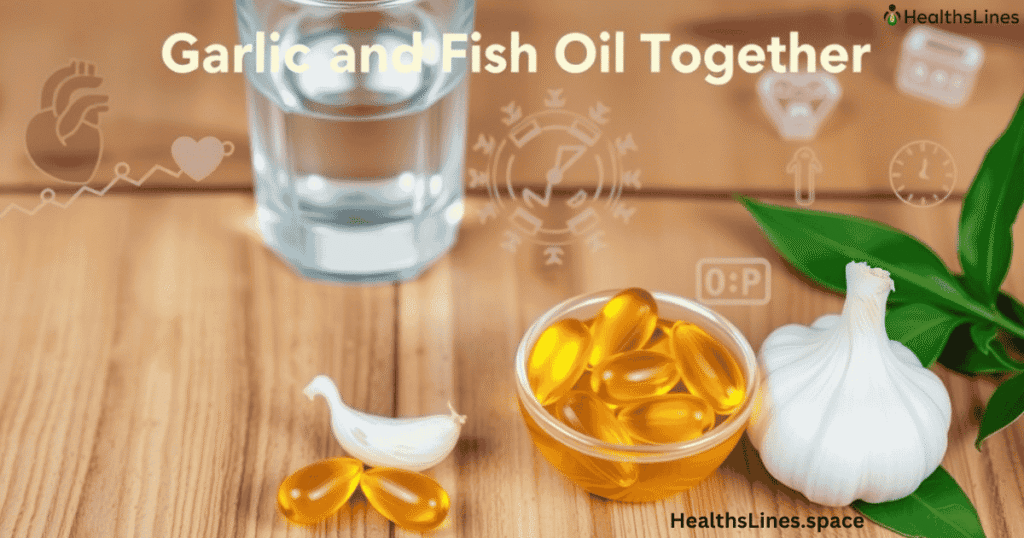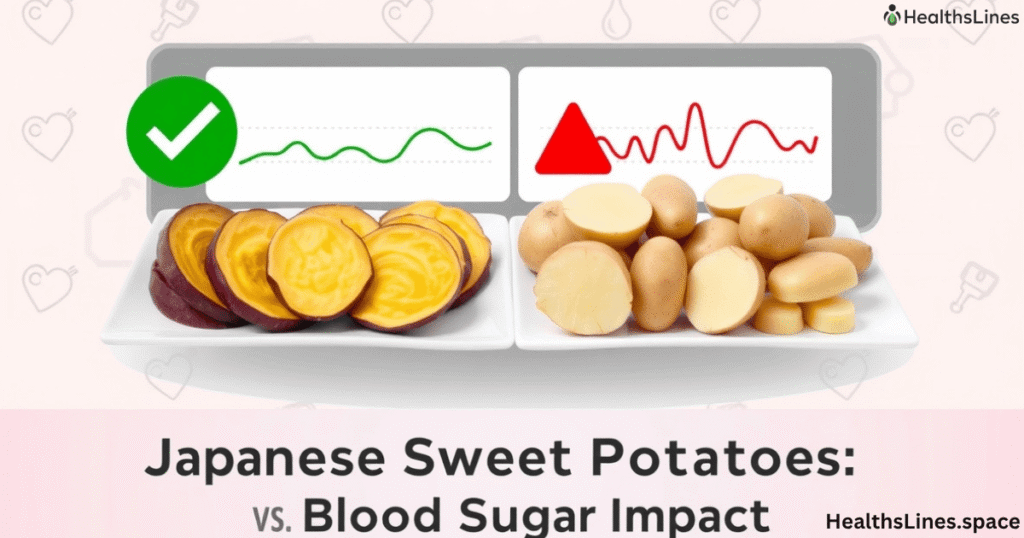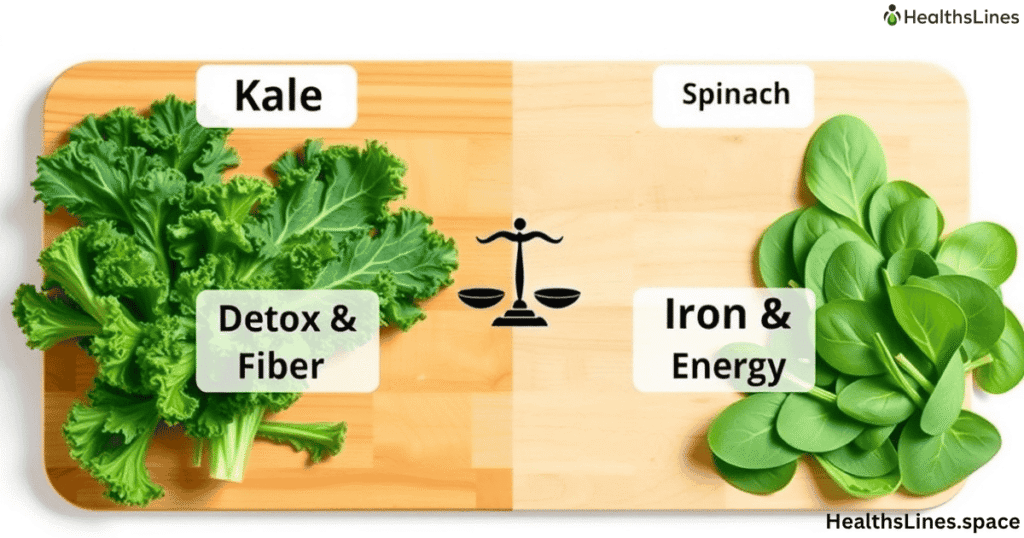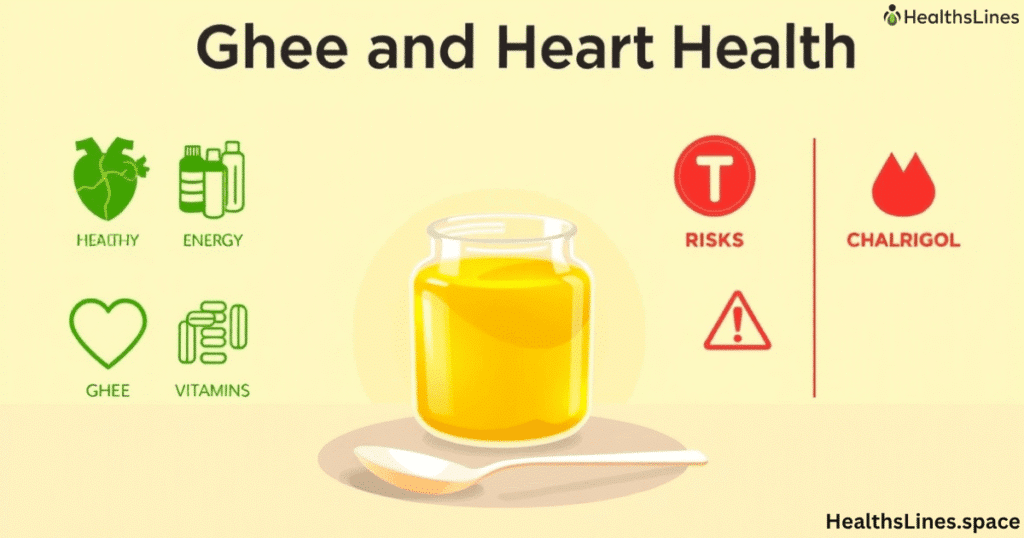What Causes Ulcers?
Stomach ulcers are painful sores that form in the lining of the stomach or upper part of the small intestine. They happen when the protective layer of mucus gets damaged Remedies for Ulcers. This damage allows stomach acid to create painful wounds. Peptic ulcers, including gastric ulcers and duodenal ulcers, are the most common types. One main cause is Helicobacter pylori, also known as H. pylori infection. This bacterium lives in the stomach and can weaken the lining over time. Another cause is long-term use of nonsteroidal anti-inflammatory drugs (NSAIDs) like ibuprofen and aspirin. Stress, smoking, and spicy foods don’t directly cause ulcers but can make symptoms worse.
Ulcer symptoms can include burning pain, bloating, acid reflux, and nausea. People often notice the pain gets worse on an empty stomach. Some may even feel full quickly after eating. If you don’t treat ulcers early, they can cause bleeding or other problems. This is why finding safe and natural ways to help is important. These home remedies for ulcers can help reduce pain, lower stomach acid, and support mucosal healing. Always speak with a doctor if symptoms get worse or don’t go away.
Understanding How Natural Remedies Work
Many natural remedies for ulcers are backed by science. These treatments use foods and herbs that calm the stomach and help it heal. They can also fight H. pylori and lower acid in the stomach. Some foods protect the gut with special compounds like flavonoids, antioxidants, and anti-inflammatory agents. These help the body repair itself by improving gut health and reducing damage.
Using ulcer healing foods regularly can protect the stomach lining. They form a barrier that helps the body resist harmful bacteria. These foods also reduce the pain and discomfort of ulcers. It’s important to eat small meals, avoid alcohol and tobacco, and stay away from very spicy or acidic foods. While ulcer treatment at home works well for many people, always ask a healthcare provider before starting a new remedy. Some natural treatments might interact with medicines or be unsafe for people with other conditions.
Cabbage Juice for Ulcers

Cabbage juice is a powerful ulcer treatment at home. It’s rich in glutamine, a natural amino acid that supports stomach lining repair. In the 1950s, doctors at UCLA used cabbage juice to treat ulcers. They found that patients healed faster than those using regular medicine. The juice helps build mucus in the stomach and protect it from acid.
To try this remedy, wash a head of fresh cabbage and blend it with water. Drink about one cup before meals. People often see results in just a few days. It’s a simple and cheap way to support your body. Some people may get bloated or gassy, so start with a small amount first. Adding cabbage to your daily diet is also helpful.
Fact Table: Cabbage Juice Benefits
| Benefit | Details |
| Main compound | Glutamine |
| Helps with | Mucosal healing, acid protection |
| Studies show | Faster healing time in peptic ulcers |
| How to take | 1 cup of fresh juice before meals |
Licorice Root (DGL)
Licorice root, especially deglycyrrhizinated licorice (DGL), helps with inflammation reduction in the stomach. It increases mucus and helps the lining resist acid damage. Studies show that DGL supports healing and soothes pain. It also helps fight H. pylori naturally. Licorice has been used for thousands of years to treat digestive issues.
You can find DGL in chewable tablets or powder. It works best when taken 20 minutes before meals. Regular licorice can raise blood pressure, so always use the DGL form. This remedy is a popular choice in peptic ulcer home treatment because it is easy to use and very effective when used daily.
Raw Honey for Healing
Raw honey, especially Manuka honey, has strong natural antibacterial agents. It fights Helicobacter pylori and helps heal wounds. It also calms the stomach and reduces acid. Manuka honey contains a compound called methylglyoxal, which kills harmful bacteria. Honey also supports natural pain relief and reduces inflammation.
To use honey for ulcers, take one teaspoon in the morning and another at night. It can be taken alone or with warm water. Always choose raw, unprocessed honey for best results. People with diabetes should talk to a doctor before using honey regularly. Honey is a sweet way to heal ulcers naturally.
Garlic and Ulcers
Many people ask, “Is garlic good for ulcers?” The answer is yes. Garlic is full of sulfur compounds like allicin that help fight H. pylori infection. Research shows that raw garlic can stop the growth of this bacteria and reduce stomach pain. Garlic also supports gut health by killing other harmful germs.
To get the best results, crush one or two garlic cloves and let them sit for 10 minutes. This activates helpful compounds. Eat them raw or with a bit of food to reduce strong taste. You can also use aged garlic extract if raw garlic is too strong. Garlic is one of the best science-backed remedies for ulcers.
Turmeric for Stomach Ulcers
Turmeric contains curcumin, a powerful natural anti-inflammatory. It protects the stomach and helps in mucosal healing. Curcumin lowers stomach acid and reduces damage caused by NSAIDs. Several studies show that turmeric reduces ulcer size and pain. It also protects against gastric ulcer formation.
To use turmeric for stomach ulcers, mix half a teaspoon of turmeric powder with warm water or milk. Drink it daily. You can also take curcumin supplements, but choose ones with black pepper extract (piperine) to improve absorption. Turmeric is a golden way to support ulcer pain relief and healing.
Mastic Gum for Healing
Mastic gum, a resin obtained from the Pistacia lentiscus tree native to the Mediterranean, has been used since ancient times to treat digestive disorders, especially peptic ulcers. This natural remedy is now backed by scientific evidence showing its ability to combat Helicobacter pylori, the primary cause of most gastric ulcers. Mastic gum works by both reducing bacterial activity and protecting the stomach lining through enhanced mucus production. Its anti-inflammatory and antioxidant properties help repair tissue damage and ease discomfort associated with acid reflux, bloating, or burning pain after meals.
Clinical studies have shown that patients who took mastic gum in capsule form experienced reduced ulcer symptoms and faster healing times compared to those on a placebo. Most people take it as 350–500 mg capsules once or twice a day, preferably on an empty stomach. You can also chew the resin itself, though the flavor is strong and slightly bitter at first.
What makes mastic gum stand out among natural remedies for ulcers is its ability to treat the root cause—not just the symptoms. It targets the bacteria, soothes irritation, and supports tissue recovery all in one. When added to an ulcer-friendly diet, it complements other ulcer healing foods and may help reduce the need for medication in mild to moderate cases.
Chili Peppers and Ulcers
It may sound strange, but chili peppers can actually help ulcers. The compound capsaicin doesn’t cause ulcers. Instead, it protects the stomach lining and lowers acid production. Studies show that people who eat chili often have fewer ulcers. Capsaicin also promotes natural pain relief.
Use chili in small amounts at first to avoid discomfort. It’s best to include it as part of a healthy diet, not as a cure. If you have irritable bowel issues, be careful with spicy foods. Still, capsaicin has proven to be a surprising tool in ulcer healing foods.
Aloe Vera Juice
Aloe vera juice soothes the stomach and supports digestive issues. It helps the stomach produce more mucus and heal faster. Aloe vera for digestive issues is very common, and many people report less bloating, nausea, and pain. The juice must be pure, without aloe latex, which can cause cramps.
Drink a small glass of aloe vera juice before meals. Make sure it’s labeled for internal use. The juice can help reduce acid reflux and promote healing of the gastric lining. Aloe is a gentle and effective ulcer treatment at home.
Probiotics for Ulcers
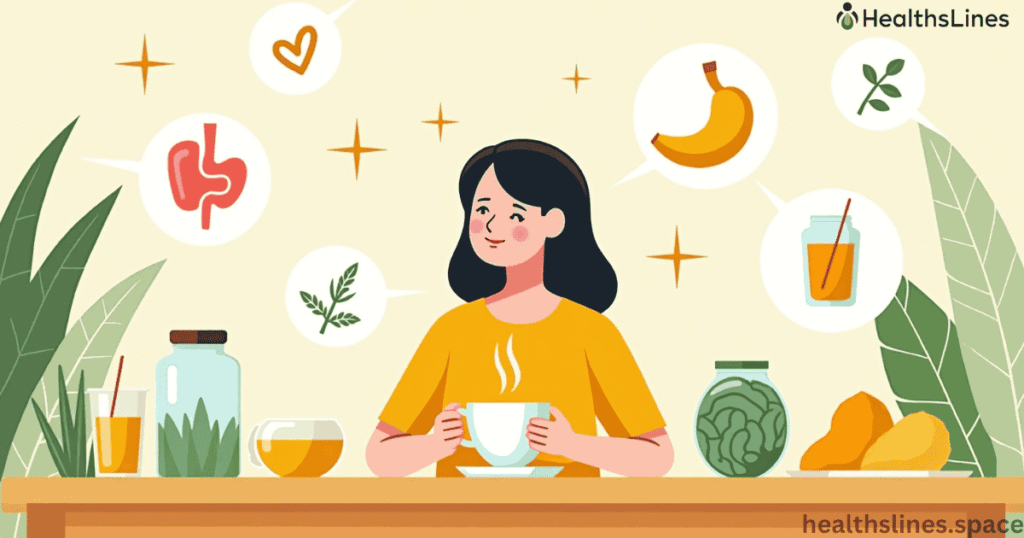
Probiotics are healthy bacteria that balance the gut and improve digestion. They help fight H. pylori and make your stomach stronger. Yogurt, kefir, and fermented foods like kimchi are good sources. Research shows that probiotics improve ulcer healing and lower symptoms like bloating and acid pain.
Using the best probiotics for stomach ulcers means picking the right strains. Lactobacillus and Bifidobacterium are the most studied. Add them to your daily diet to support long-term gut health. These helpful bacteria are an easy and natural way to heal ulcers naturally.
Can Ulcers Heal Without Medication?
People often ask, “Can ulcers heal without medication?” The answer is sometimes yes, if the ulcer is mild and caught early. Ulcer-friendly diets, stress control, and the right natural remedies for ulcers can be enough. But if the ulcer is deep or bleeding, medical help is needed. Never ignore pain that lasts more than two weeks.
You can try natural ways to kill H. pylori, like garlic or honey. But these work best alongside a healthy lifestyle. Small, frequent meals, avoiding smoking, and staying away from very spicy foods all help. Natural options can reduce the need for drugs, but they are not a full replacement in serious cases.
Conclusion
There are many science-backed remedies for ulcers that are safe, simple, and effective. From cabbage juice to probiotics, each one helps the stomach heal in a different way. Together, they support gut health, reduce acid, fight H. pylori, and ease pain. Always talk to your doctor before starting new remedies, especially if you take other medications.
Making changes to your diet and adding these ulcer healing foods can make a big difference. Start slow, stay consistent, and track your symptoms. These natural remedies for ulcers may be the solution your stomach has been waiting for.




